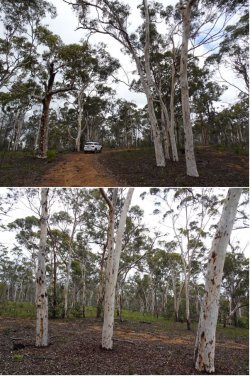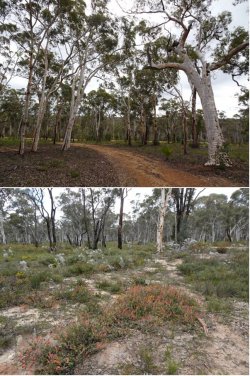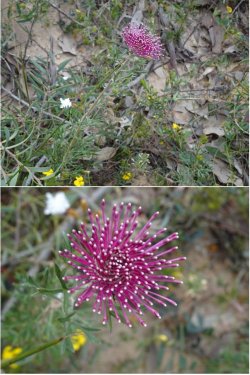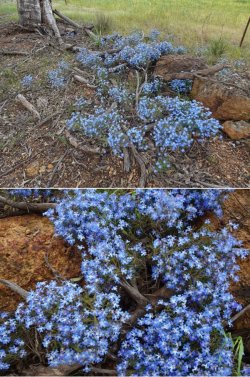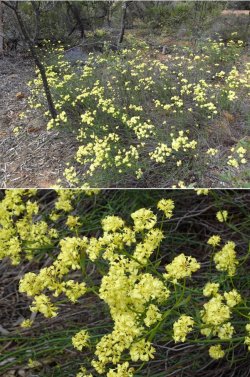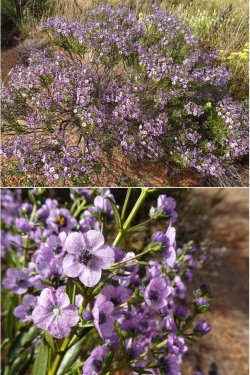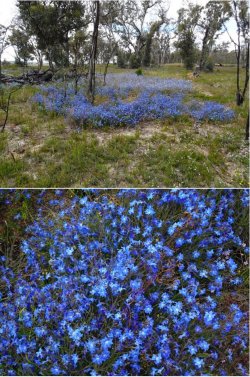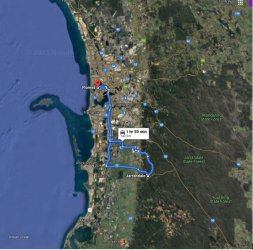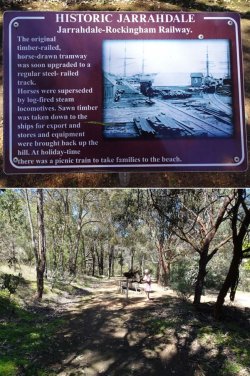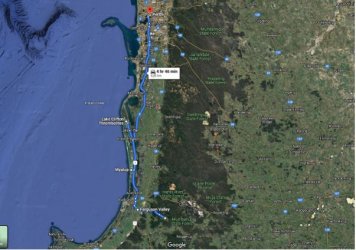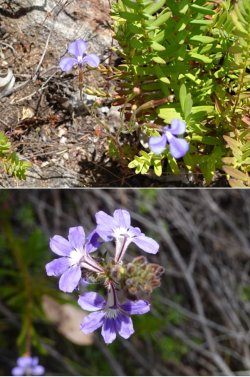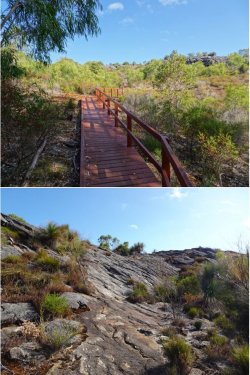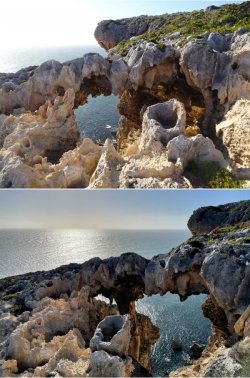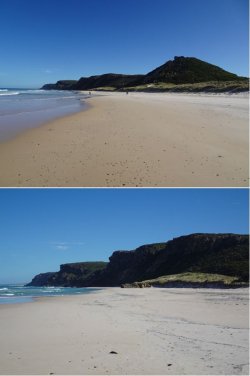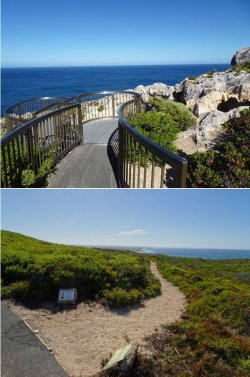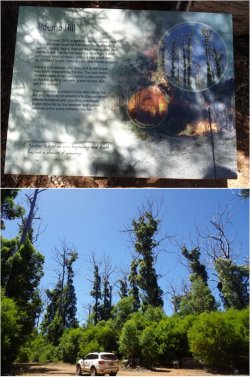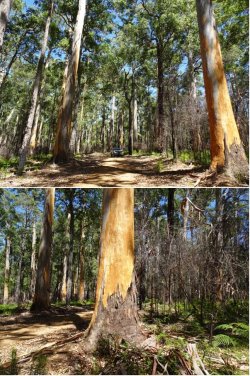With the Xmas and school holiday zoo now behind us, unrelenting hot weather in Perth and Mad Marko still driving Covid paranoia, it was time for me to shoot through on Sunday to remote locations on the WA lower southwest coast for a few days’ solitude and a little more WAndering.
Even in summer, the S coast is often cool and cloudy, so when there’s a large high sticking in place over the Bight making for very hot conditions further north, the S coast can be particularly inviting with clear skies and warm temperatures.
So, the stars aligned.
Here’s the main route.
Sunday Perth-Windy Harbour, Monday exploring around the Shannon NP and on to Black Point and Tuesday meandering home via the Cape Naturaliste area.

Windy Harbour is a tidy little settlement of neat holiday shacks with a basic shire-run caravan park, accessible by sealed road.
Shannon NP is the location of the Great Forest Trees Drive (
Great Forest Trees Drive, Shannon National Park, Southern Forests, Pemberton | Trails WA), a 50km loop through spectacular karri, jarrah and marri forest.
Black Point, which I also visited last year (
A short slip south), is a more isolated location accessible only by 4WD on about 25km of sandy track. A track from the north is open only in summer because it traverses swampy ground, while a track from the west gives year-round access. I came in on the softer and more challenging north track and left by generally firmer west track.
Facilities include good drop toilets and viewing platforms and shelters, steps to the beach, and camping spots tucked amongst the trees in some hollows that provide excellent protection against wind. It’s a gorgeous spot and I only saw three other people there. The weather was PERfect – warm, sunny and calm. Bliss!

I meandered north towards home through Margaret River with a brief stop at Canal Rocks before heading out to the beach at Eagle Bay for a couple of hours. Canal Rocks is an interesting geological formation where channels resembling canals have been eroded into the rock, while Eagle Bay beach is a north-facing beach protected from the strong south westerly sea breeze so common on the west coast in the afternoon.



Recently a severe fire tore through the Meelup Regional Park. The area around Castle Rock to Meelup Farmhouse is burnt out. Fortunately, the firies arrested the fire before it got to Meelup Farmhouse. It could have been a personal catastrophe as my elder son is getting married there at Easter.





